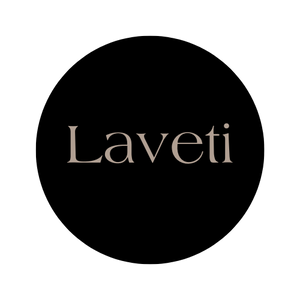The World of the Departed Souls
Fijian funeral ceremonies are diverse depending on the location and polities of each respective chiefdom. The Wesleyan version of Christianity first arrived into Fiji via Tonga in 1835 at Tubou Village in Lakeba Lau. Prior to Christianity, the spirituality of the indigenous Fijians held that departed souls retraced their paths back from where they originated from. Similar to the ancient Vikings and Teutonic tribes of Europe, the early Fijians spiritual world came also with celebration of valor and bravery and the path to the final world of the dead was laced with challenges along the way as a continued test of strength, loyalty and valor. There were different worlds of the dead depending on the chiefdom and the deity revered. There was Naicobocobo for most chiefdoms in Vanualevu, the second largest island in Fiji. On the western coast of Vitilevu the mainland, there was the Nakauvadra Mountains and for the eastern coast there was Vuniivilevu meaning ‘large ivi tree’[1] (a Fijian Atlantis near Moturiki island that was believed to have sunk around 1200AD). For islands in the eastern maritime zone (Kadavu and Lau provinces), there was Burotu, another ‘Fijian Atlantis’ said to have sunk around 1000AD.
These worlds of departed souls were destinations for the brave and fearless. There was no place for timidity which was why on the physical world, virtues of bravery, valor and loyalty were always pursued. Death was not seen as a bleak or sad ending. It wasn’t uncommon for in those days for people to sacrifice themselves as foundations for a chief’s house posts. Or for wives to be willingly strangled to accompany their departed brave husbands into the world of the dead. Or for elderly persons to willingly take themselves to caves to await death. Such was the high esteeming of bravery and valor because it was the held spirituality then. The early Vitians believed that the living and the departed are still connected. For the early Vitians, the tree, animal and fish totems in every chiefdom were believed to be avatars of their departed ancestors. So for a clan, if the avatar of their first founding ancestor was, for example, the dakua tree (Fiji kauri), then all the descendants revere that particular tree. Likewise for the fish and bird totem. This was why funeral ceremonies in pre-Christian days were not as elaborate as they are today simply because the spirituality a chiefdom subscribed to defined how their funeral ceremonies were expressed.
WHAT WERE THE FUNERAL CUSTOMS THEN?
When a person died, he/she was buried the same day. There were no common graves like we know today. A person was buried in his/her bure (or home). This was practical as there were no morgues around to preserve a corpse. Relatives who heard of the death and arrive after burial to show their respect brought gifts of mats for the family. The family prepared offerings of raw food (fish, pork, turtle) and root crops for the relatives to take back to be shared with those who could not make the journey. The raw food was called ‘burua’. Once the person was buried, directly on top on the surface, women would spread sleeping mats to sit on and even sleep on for four nights. This vigil was known as ‘bikabika’. Their combined weight helped weigh down the earth beneath which the departed relative was buried. On the fourth night a small feast was prepared called ‘vakavidiulo’ (flicking the maggots off). This was a small celebratory feast held in the belief that the soul began to leave the body on the fourth night to begin its long journey to join its ancestors. The journey to the world of the departed ancestors was believed to take 100 nights. It was always counted in nights because the world of the dead was always shrouded in darkness. The living relatives kept track of the journey through tying of knots on either tapa or vau. At the end of 100 nights was the lifting of the mourning period which was again celebrated with another feast.
[1] The ivi tree is the Tahitian chestnut, Inocarpus fagiferus
Source: Simione Sevudredre





